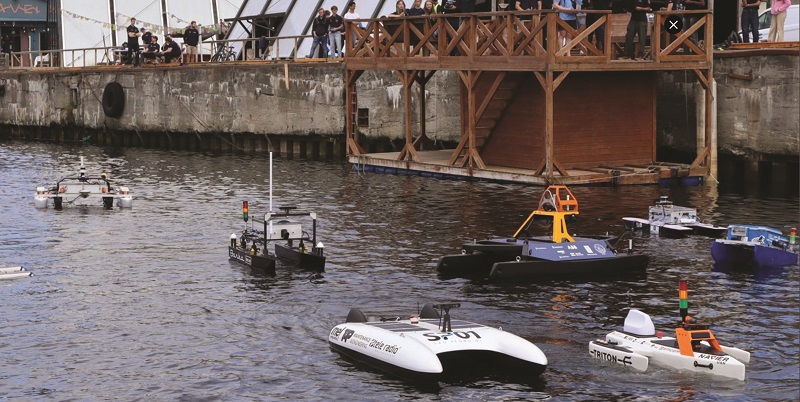A hull of a boat

Seven teams have competed for the title of the world’s best autonomous boat at Njord Challenge 2024 in Trondheim, Norway, writes Nick Flaherty.
Navier USN from the University of South-Eastern Norway claimed first place, with Técnico Solar Boat from Portugal finishing second and AGH Solar Boat Team from Poland securing third.
Students from Navier USN collaborated with Kongsberg on the sensor fusion of cameras and Lidar for their autonomous surface vehicle. The challenge provided them with an opportunity to test their project in real-world scenarios.
The Navier USN design uses several GNSS satellite navigation systems coupled with cameras with various machine-learning algorithms to detect buoys and other objects. It also used Lidar a laser sensor to provide distance data.
“Initially, we wanted to 3D-print the hull in ASA [acrylic styrene acrylonitrile], but it proved to be challenging,” said Lise Trehjørningen, responsible for product design. “ASA requires higher, more stable temperatures, and there was a greater risk of things going wrong, which would have put the whole project on hold. Therefore, we decided to print the hull with PLA [polylactic acid] and reinforce it with fibre glass.”
The team is working on completing a new and improved hull, which is a trimaran, combining the characteristics of monohulls and catamarans, making it unique among autonomous vessels.
“In the mechanical department, we have closely collaborated with the software and hardware teams to create a new boat that meets requirements. Finding a good solution that satisfies everyone’s wishes has been educational and challenging. The new hull is significantly larger than the previous one, providing us with more opportunities for component placement and the ability to install new equipment,” added Lise.
UPCOMING EVENTS























